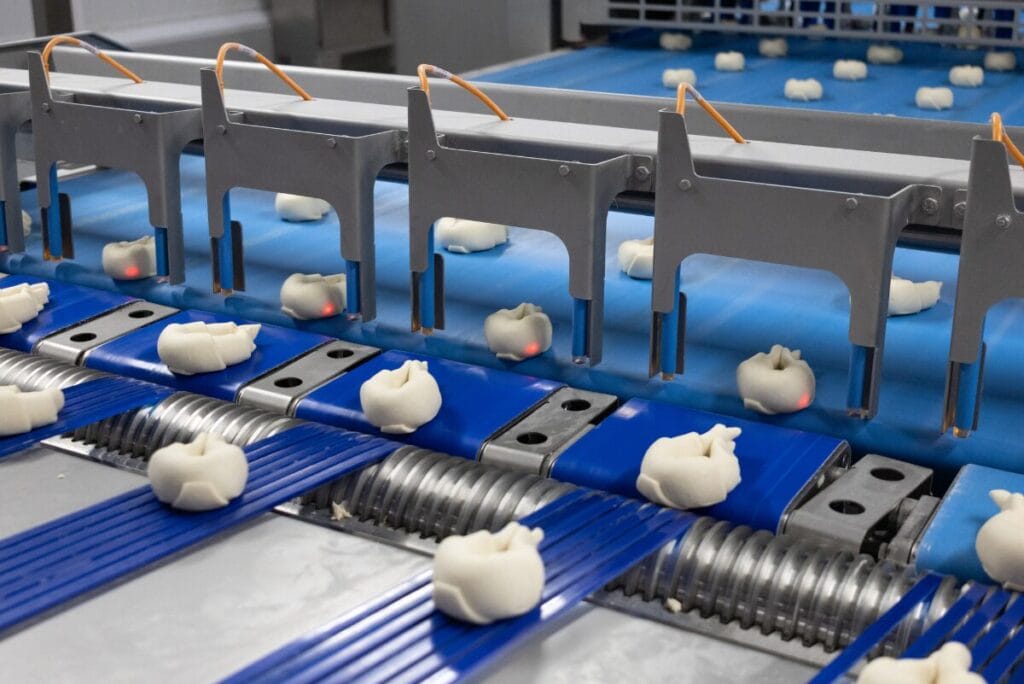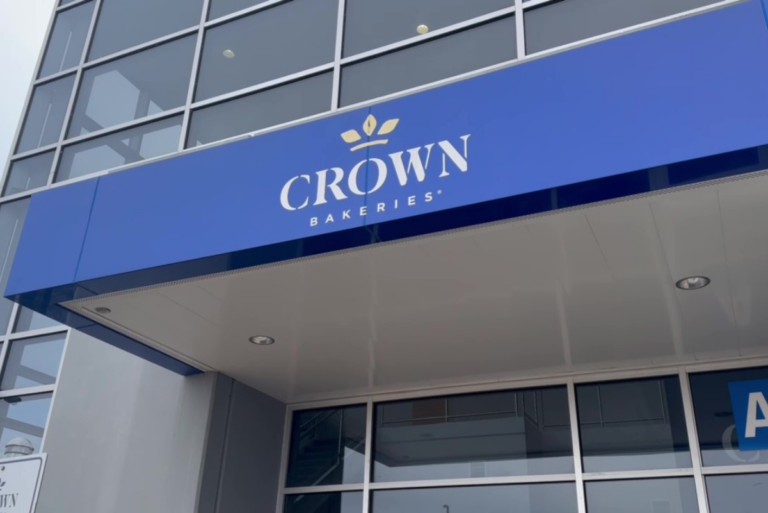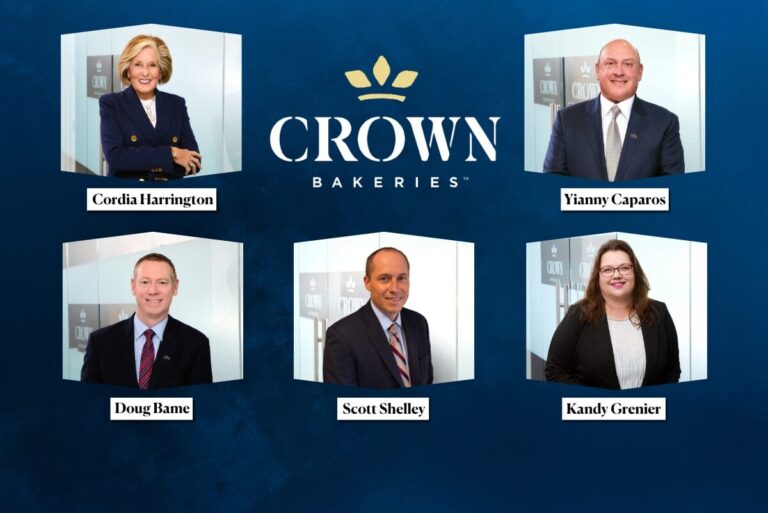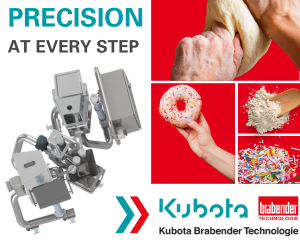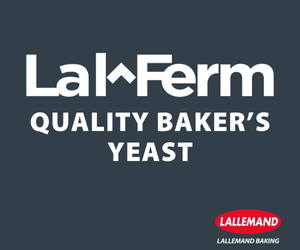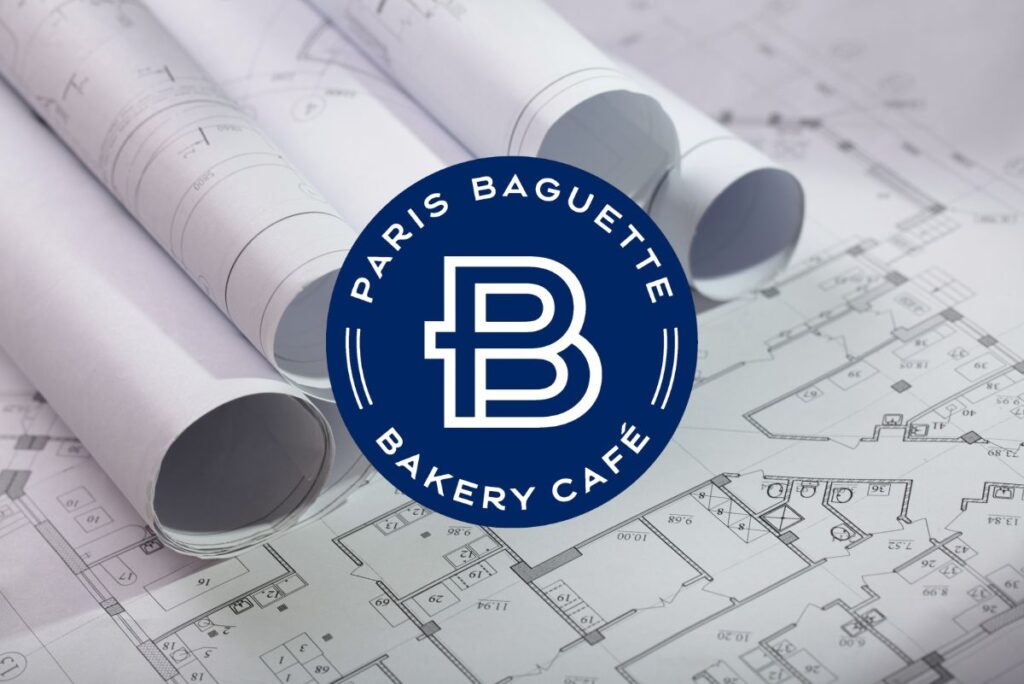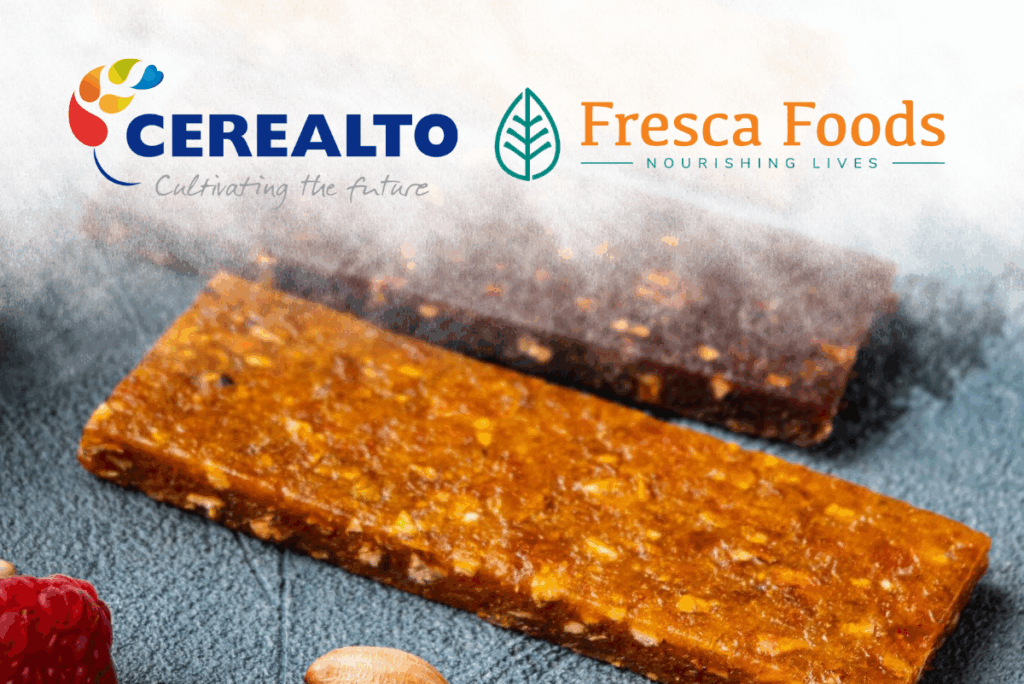“Crown is evolving to meet the needs of the foodservice sector,” said Jennifer Shaw, director of marketing and communications for Crown Bakeries. “A high-quality hamburger could be as much as $18 in certain markets, and people are trading down. As these operators are becoming more margin-pressured, we’re rising to the occasion by investing in our facilities to efficiently create margin-friendly products.”
Capitalizing on growing markets
QSR is a big part of Crown’s core business, but the c-store market is stepping into growth mode as cash-strapped consumers seek out new options. When products such as croissants offer better choices like grab-and-go sandwiches at lower prices, that spells opportunity for Crown.
“Our business model has been built around offering a reliable sandwich carrier,” George said. “Younger people might not be making their way to QSR operators for sandwiches as much these days, but they are finding their way to the c-stores.”
With a definitive shift from simply offering gas, cigarettes and a basic fountain drink, c-stores have become destinations for easy, affordable food options.
“Food at c-stores is becoming elevated, and our products are in a great position for that market,” George added. “Breakfast sandwiches and lunch items are becoming comparable to what’s offered in QSR, and I think that will continue. I predict the landscape will eventually blend, to an extent, and our core items are well-suited for that, whether they’re made fresh or sold in a clamshell from the refrigerator case.”
Business is also picking up for in-store bakeries post-COVID, as many of them increase their breakfast offerings on the platform of quality and affordability … two factors on which consumers won’t budge, no matter if their wallets expand or contract.
“The bar for consumers will continually rise, and the onus falls on us as the manufacturer,” said Doug Bame, president of Crown Bakeries. “We have to provide a better-quality product without the cost impact. We’ve got to source our inputs at a lower price point so we can fuel that expectation for quality without [consumers] having to pay more for it.”
Last year, Pleasant Prairie started up its second croissant line — both high-speed and flexible — to crank out more than 86,000 croissants an hour while gearing up for a third line that will focus on high-speed, flexible bun production. Crown invested in technology to support that efficiency for producing high volumes of croissants and buns while maintaining consistent quality.
Strategizing the future
While many commercial bakeries build the business first and capacity second, Crown takes a more inverse approach.
“As a company, we’ve always been aggressive in terms of investing and looking ahead,” Bame said. “When we see a good opportunity, we act. We’ve had great support from our ownership group to do that.”
This way, the operational capacity is there when the business comes in. It’s a forward-thinking strategy, but it also comes with the pressure to perform. And it only works when every aspect of the business is aligned.
“With Arbor, once we create a strong, vetted business plan, they are willing to invest ahead of time within that plan,” Yianny said. “At that point, we are accountable. Working with private equity, we have a fiduciary responsibility to fill that capacity and provide the ROI in a much shorter period of time.”
To exemplify that strategy, the new croissant line at Pleasant Prairie has already filled its capacity. When the bun line starts up in August, it will likely follow suit.
This story has been adapted from the April | Q2 2025 issue of Commercial Baking. Read the full story in the digital edition here.

